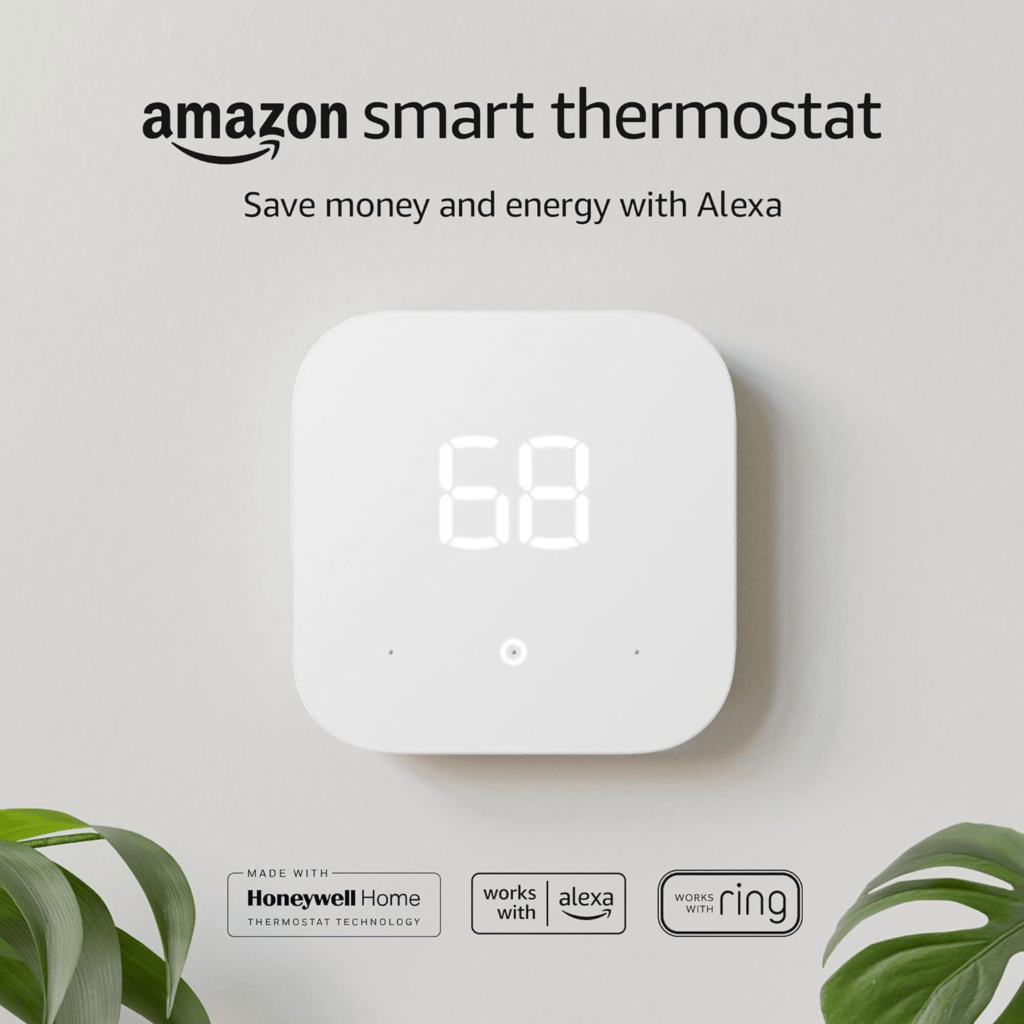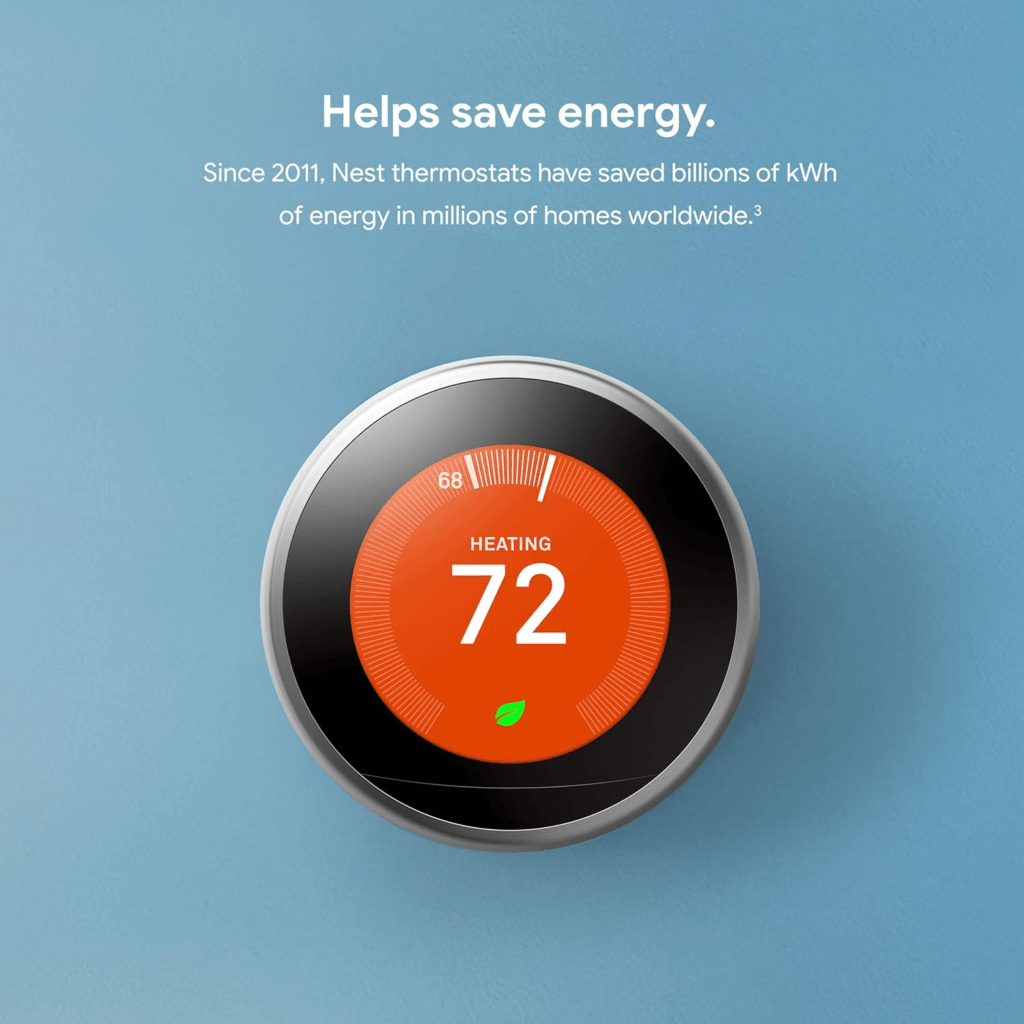
Image Source: Unsplash
In the age where smart homes are becoming the norm, wifi enabled thermostats have taken a front-row seat in the revolution. These temperature control devices are designed to offer convenience, comfort, and more control over your home’s heating and cooling system. They also help to reduce your energy consumption, which translates to considerable savings on utility bills.
In this comprehensive guide, we will walk you through some of the best wifi enabled thermostats available in the market for 2023. We’ll delve into features that differentiate them, how they work, and factors to consider before making a purchase.
A Deeper Look into WiFi Enabled Thermostats
WiFi enabled thermostats, also known as smart home thermostats or connected thermostats, are programmable devices that control your home’s heating and cooling systems. They connect to your home’s WiFi network, allowing you to control them remotely using a mobile device or a web browser.
These digital thermostats come in different shapes and sizes, with a variety of features that set them apart from traditional thermostats. For instance, most smart thermostats offer automatic home/away modes based on your phone’s location or integrated occupancy sensors. This feature ensures that your heating or cooling system is not wasting energy when no one is home.
Furthermore, these smart heating controls can provide details on your HVAC system’s energy usage over time, helping you to identify patterns and potentially save more money.
Top WiFi Enabled Thermostats for 2023
With a variety of models in the market, choosing the best wifi enabled thermostat can be a daunting task. However, we have done the heavy lifting for you and compiled a list of top-notch thermostats that stand out in terms of features, usability, and affordability.
Amazon Smart Thermostat

If you’re looking for affordability and simplicity, the Amazon Smart Thermostat is a top choice. At only roughly $80, it offers value for money while providing the essentials of a WiFi enabled thermostat. You can control your home’s temperature from anywhere using the Alexa app, and it works seamlessly with Alexa voice commands.
However, it’s worth noting that this thermostat is not compatible with Google Assistant or Apple HomeKit, and there’s no remote temperature sensor accessory. Despite these limitations, the Amazon Smart Thermostat remains a solid product due to its impressive value proposition.
Ecobee Smart Thermostat Premium

For those with a higher budget and a desire for more advanced features, the Ecobee Smart Thermostat Premium is a great contender. It boasts a sleek design and a remote room sensor that ensures uniform temperatures throughout your home.
Though more expensive than the Amazon model, the Ecobee Smart Thermostat Premium offers more features, including support for Alexa, Google Assistant, HomeKit, and IFTTT. It also doubles as a security hub, providing an added layer of protection to your home.
Wyze Thermostat

The Wyze Thermostat offers a balance between affordability and features. Available for roughly $80, this model is more affordable than many others in the market and includes a C-wire adapter with your purchase. With an easy setup via the Wyze app and compatibility with Alexa and Google Assistant, this thermostat is a great choice for budget-conscious buyers looking for reliable smart heating controls.
Nest Learning Thermostat

The Nest Learning Thermostat is one of the pioneers in the wifi enabled thermostats market and continues to impress with its third-generation model. Known for its stylish design and simple installation, this thermostat offers a host of features such as geofencing support, a furnace monitor, and several sensors.
However, the Nest Learning Thermostat does not support remote room sensors and is relatively more expensive than its competitors. Despite this, its learning thermostat capabilities make it an attractive option for those seeking a truly smart home experience.
Factors to Consider When Buying WiFi Enabled Thermostats
Before you make a purchase, it’s essential to consider several factors to ensure you choose a WiFi enabled thermostat that best suits your needs. Here are some considerations:
Compatibility
Not all smart thermostats are compatible with every HVAC system. Ensure the model you choose supports your heating and cooling system, whether it’s gas, oil, electric, propane, forced air, or radiant.
Installation
While most smart thermostats are easy to install, some models may require a C-wire for installation. If your home lacks a C-wire, you may need to purchase a separate adapter or hire a professional to install one.
Smart Home Integration
If you already have other smart devices in your home, you may want to choose a thermostat that can integrate with them. This feature allows you to control all your smart devices from one central location, making your smart home experience more seamless.
Energy Saving Features
Look for a model that offers energy-saving features such as scheduling, occupancy sensors, and geofencing. These features help to reduce energy consumption when you’re not at home, leading to significant savings on utility bills.
Voice Control
Most wifi enabled thermostats support voice commands through Alexa, Google Assistant, or Siri. This feature allows you to change your home’s temperature simply by speaking, offering a convenient hands-free experience.
Installation of WiFi Enabled Thermostats
Installing a smart thermostat can be a DIY project if you are comfortable with basic electrical work. However, it’s always advisable to consult a professional installer if you have any doubts. Here are some general steps involved in the installation of a smart thermostat:
- Shut off power to your thermostat at the electrical panel.
- Remove the old thermostat.
- Mount the thermostat’s base plate with the included screws.
- Connect the wires to the appropriate terminals on the base plate.
- Snap the faceplate onto the base plate.
- Restore power at the electrical panel.
Remember, these steps may vary depending on the model of the thermostat and your HVAC system, so always refer to the specific installation guide that comes with your thermostat.
Final Thoughts
Choosing the right wifi enabled thermostats can significantly enhance your home’s comfort and save on energy costs. With the plethora of options available in the market today, it’s crucial to consider factors such as compatibility, installation requirements, smart home integration, energy-saving features, and voice control support before making a decision.
Whether you are looking for programmable thermostats, energy saving thermostats, remote controlled thermostats, or thermostats with artificial intelligence, this comprehensive guide should help you make an informed decision. So, make a smart move today and take a step towards creating an energy-efficient smart home.
